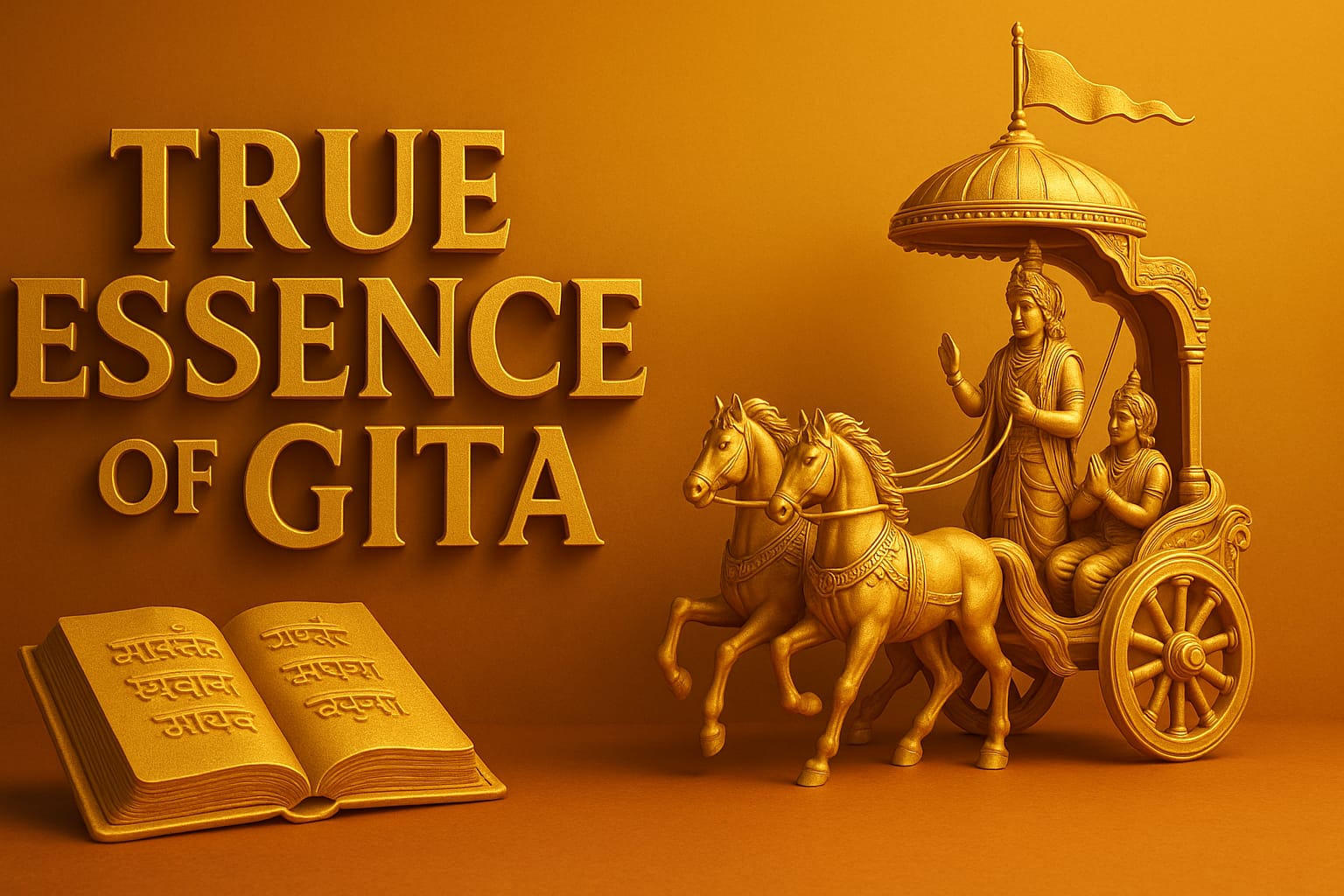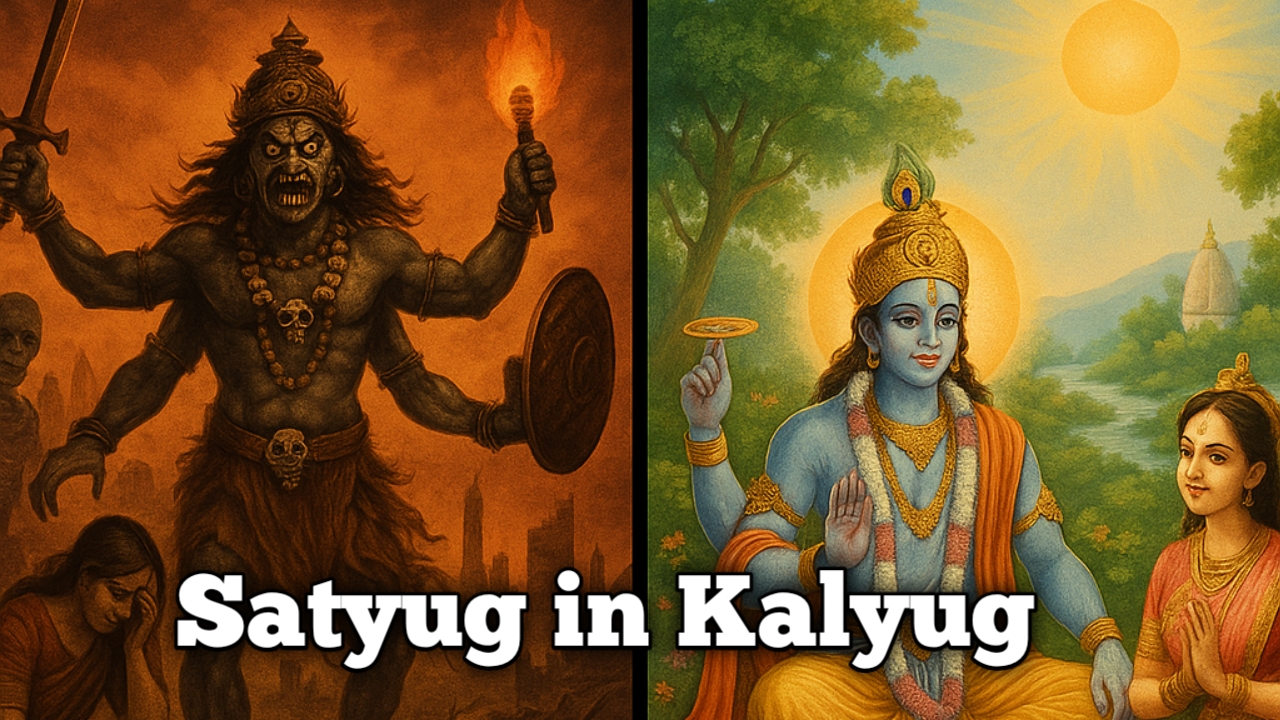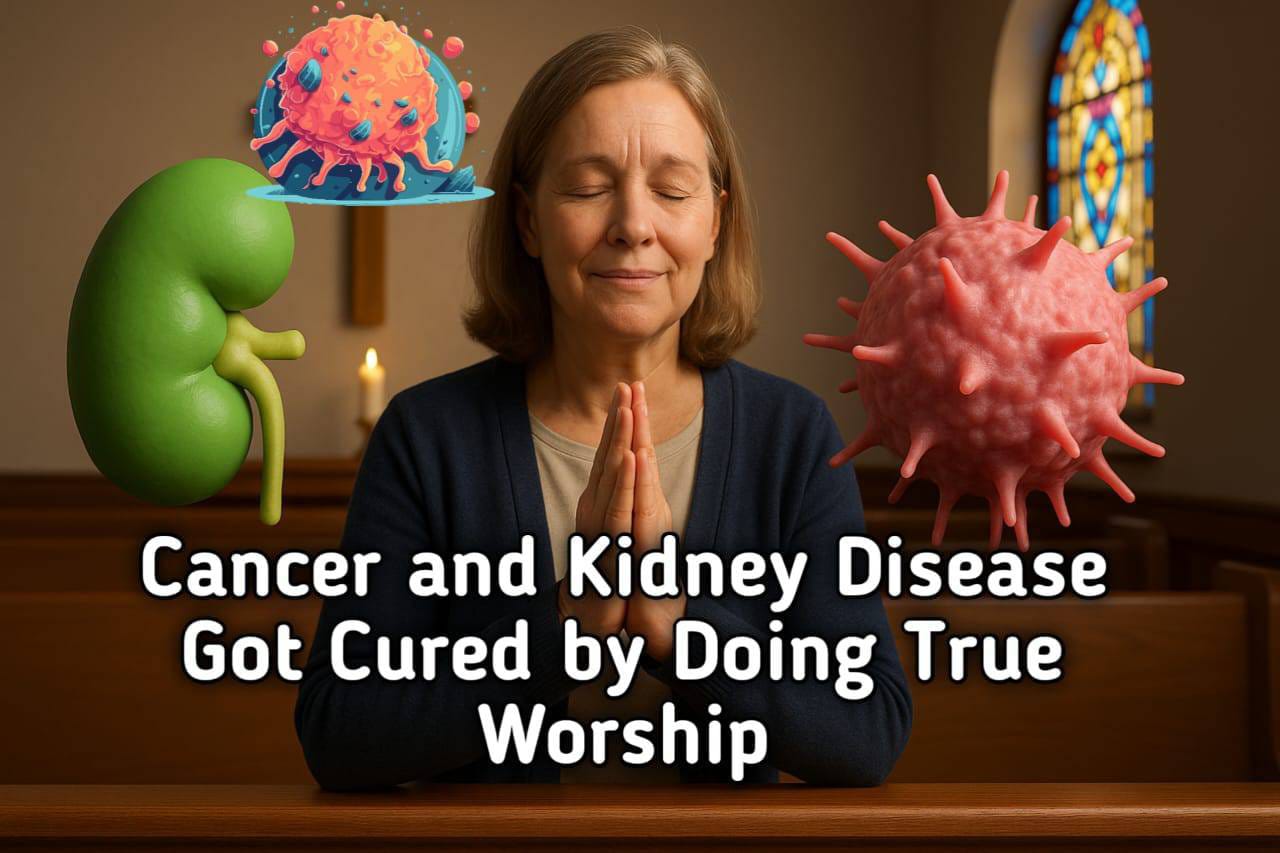According to Sant Rampal Ji Maharaj – The True Knowledge of the Bhagavad Gita:
1. The Gita mentions three deities, but they do not grant salvation:
- In Gita Chapter 7, Verses 12–15, it is stated that the worshippers of the three qualities (Rajogun – Brahma, Satogun – Vishnu, Tamogun – Shiv) are all deluded and do not attain salvation.
- In Gita Chapter 14, Verse 5, it says these three qualities (gunas) are part of material nature (Prakriti).
2. Shri Krishna does not call Himself the Supreme God in the Gita:
- In Chapter 18, Verse 62, Krishna says: “Surrender to that Supreme God, in whom all beings dwell and who pervades everything.”
- According to Sant Rampal Ji, this shows that Krishna is referring to a higher Supreme God, not himself.
3. Kabir Sahib is the Supreme God:
- Sant Rampal Ji states that the “Supreme Purush” mentioned in Gita Chapter 8, Verses 9–10 is actually Kabir Sahib, who is the Param Brahm (Supreme God).
- He explains that Kabir Sahib Himself revealed that He is the Creator of all universes.
4. True salvation requires chanting the correct mantra and taking refuge in a complete Guru:
- In Gita Chapter 4, Verse 34, it is advised: “Go to a Tatvadarshi (enlightened) saint for true knowledge.”
- Sant Rampal Ji emphasizes that to attain salvation, one must find a complete spiritual master who knows the truth of all three worlds and can give the true Naam (mantra) of salvation.
Main Message (According to Sant Rampal Ji Maharaj):
The true meaning of the Bhagavad Gita can only be understood when interpreted through the divine knowledge of a Tatvadarshi Saint, such as Kabir Sahib.
Gita = Shrimadbhagavat Gita
- Question: – Who narrated the knowledge of Gita, to whom and
when, and who wrote it? Please tell in detail.
Answer : – Kaal God (who is also known by the name “Brahm” in
Vedas and Gita) by entering into the body of Shri Krishna ji narrated
the knowledge of Shrimadbhagavat Gita to Arjun. When Kauravs and
Pandavs claiming their respective authority over the property, that is,
the kingdom of Delhi, had become ready for the battle, and both the
armies were standing face-to-face in the field of Kurukshetra, Arjun saw
that Bheeshm Pitamah, Guru Dronacharya, Kaurav’s children, their
relatives, son-in-laws, brother-in-laws, father-in-laws etc were standing
in the army ahead willing to fight and die. Kauravs and Pandavs were
paternal counsins. Righteousness arose in Arjun, and he pondered that
for a kingdom, we will kill our cousins, nephews, son-in-laws, brother
in-laws, Bheeshm Pitamah and gurus. We do not even know for how
long we will live in this world? Therefore, instead of enjoying a kingdom
obtained in this way, we would rather sustain ourselves on alms, but we
will not fight. Thinking this, Arjun kept his bow and arrow down and
sat down at the rear end of the chariot. Seeing such a state of Arjun, Shri
Krishna said, “See, which warrior you have to fight with in the front.”
Arjun replied, “O Krishna! I will not fight at any cost.” He also informed
Shri Krishna about his motive and the thoughts arising in his mind. At
that very moment, Kaal God entered into Shri Krishna ji just as a ghost
enters into another person’s body and speaks. In this way, entering into
Shri Krishna’s body, Kaal narrated the knowledge of Shrimadbhagavat
Gita to inspire Arjun to fight and with the aim that in Kalyug there will
not be people who would know about the Vedas, therefore, he narrated
the brief description and summary of the four Vedas in the form of
“Knowledge of Gita” in 18 chapters and 700 Verses. Shri Krishna did
not even know what he had said in the knowledge of Gita.
{Those of Brahmakumari sect call this very Kaal Brahm as Nirakar
Shiv Baba. They also say that Shiv Baba had delivered the knowledge
of Gita by entering into the body of an old man. This Shiv Baba is the
revered deity of the Brahmakumaris.}
A few years later, Sage Vedvyas wrote this nectar-knowledge
in Sanskrit language in Devanagri script. Later, the translators based
on their own intellect translated this holy book into Hindi and other
languages that are now being published by Gita Press Gorakhpur (U.P.).
Its photocopies are attached in this very book from page 216 to 368.



